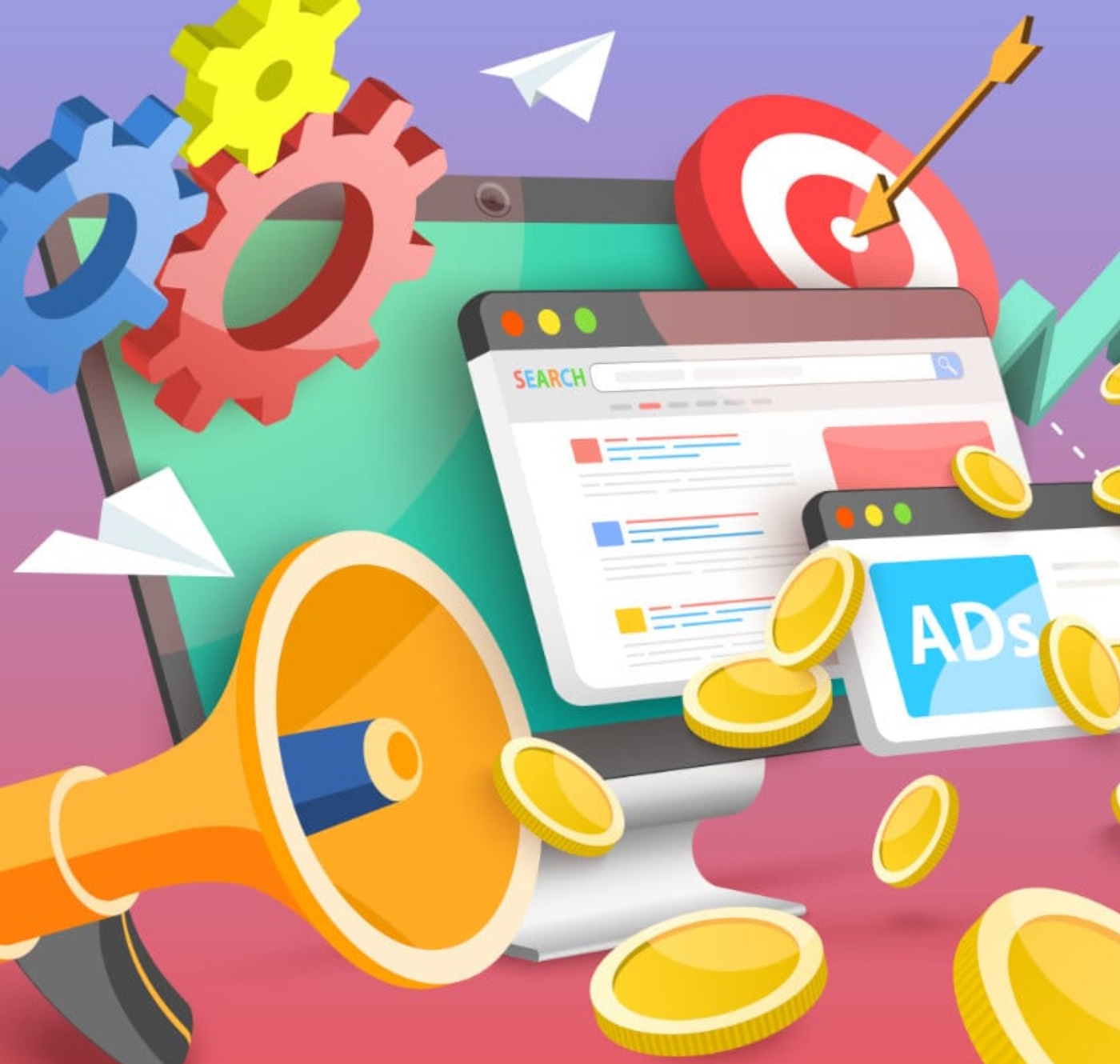Navigating the Landscape of Paid Advertising
Paid advertising has become an essential component of modern digital marketing strategies, offering businesses a way to quickly boost their visibility and reach their target audience. With various platforms, formats, and tactics available, navigating the paid advertising landscape can be overwhelming. Understanding the key elements of paid advertising, how to utilize different platforms, and how to optimize your efforts is crucial for a successful campaign. At Maybic, we specialize in guiding businesses through this complex landscape to help them maximize their advertising efforts and ROI.
1. Understanding Paid Advertising
Paid advertising, or pay-per-click (PPC) advertising, refers to paying for ad placements on search engines, social media platforms, and other websites. Unlike organic marketing, which relies on creating content that ranks naturally, paid advertising allows brands to secure top positions quickly. The primary goal is to attract clicks and drive users to take action, such as visiting a website or making a purchase.
Some of the most common types of paid advertising include:
- Search Ads: These are the ads that appear at the top of search engine results pages (SERPs). Google Ads is the most prominent platform for search ads, allowing advertisers to bid on keywords relevant to their products or services.
- Social Media Ads: Platforms like Facebook, Instagram, LinkedIn, and TikTok allow businesses to target users based on demographics, interests, and behavior. These platforms offer powerful advertising tools to tailor content and reach specific audiences.
- Display Ads: These are visual ads that appear on websites across the internet. Display advertising often uses banners or other media to attract attention and drive traffic to landing pages.
- Video Ads: Video ads, such as those on YouTube or social media platforms, are an engaging format that can significantly boost brand awareness.
- Native Ads: These ads blend seamlessly with the content of the platform they’re on, offering a less disruptive user experience.

Each type of paid ad serves a different purpose and can be used strategically depending on your business goals.
2. Choosing the Right Platforms
Choosing the right platform for your paid advertising efforts depends on your target audience, industry, and budget. Each platform offers different benefits:
- Google Ads: Ideal for businesses looking to capture high-intent users who are actively searching for products or services. Google Ads provide access to a broad audience with precise keyword targeting.
- Facebook and Instagram Ads: Best for businesses targeting a wide range of demographics and interests. These platforms offer advanced targeting options, including custom audiences based on behavior and preferences.
- LinkedIn Ads: A great choice for B2B companies, LinkedIn Ads allow businesses to reach professionals in specific industries and job roles.
- YouTube Ads: Effective for businesses looking to leverage video content to promote their brand or products. YouTube allows for a wide reach, especially with the growing demand for video content.
- TikTok Ads: Best for brands targeting younger audiences and looking for creative, engaging ways to connect with users.

Selecting the right mix of platforms ensures that your paid advertising efforts are reaching the right people at the right time.
3. Budgeting and Bidding Strategies
Budgeting is a crucial aspect of paid advertising. You need to balance your overall marketing budget while maximizing the return on ad spend (ROAS). Most platforms allow businesses to set daily or campaign-specific budgets, and it’s important to test different bidding strategies to determine which approach delivers the best results.
Common bidding strategies include:
- Cost-Per-Click (CPC): You pay each time someone clicks on your ad. This strategy is ideal for driving traffic to a website.
- Cost-Per-Mille (CPM): You pay for every 1,000 impressions, making this a good strategy for raising brand awareness.
- Cost-Per-Action (CPA): You pay when a user takes a specific action, such as filling out a form or making a purchase. CPA is typically used for conversion-focused campaigns.
- Manual Bidding vs. Automated Bidding: Platforms often offer both manual bidding (where you set the bid) and automated bidding (where the platform optimizes your bid based on your campaign goals).

It’s important to track and adjust your budget based on performance. By continuously optimizing your ad spend, you can ensure that you’re getting the most out of your campaigns.
4. Measuring Success: KPIs and Analytics
Measuring the success of your paid advertising campaigns involves tracking key performance indicators (KPIs) such as click-through rate (CTR), conversion rate, cost-per-click (CPC), and ROAS. Analytics tools provided by platforms like Google Ads and Facebook Ads Manager offer detailed insights into how your ads are performing.
- CTR: This measures the percentage of people who clicked on your ad after seeing it. A high CTR indicates that your ad is compelling and relevant.
- Conversion Rate: This tracks how many users completed a desired action after clicking on your ad. Improving your conversion rate involves optimizing your landing pages and user experience.
- CPC: This tells you how much you’re paying for each click. Monitoring CPC allows you to adjust your bidding strategy to stay within budget.
- ROAS: This metric shows how much revenue you’re earning for every dollar spent on ads. It’s the ultimate measure of your campaign’s profitability.
Regularly reviewing these KPIs helps you understand what’s working and where improvements are needed. For example, if your CTR is high but your conversion rate is low, it may indicate an issue with your landing page or offer.

5. Ad Creative and Messaging
The success of a paid advertising campaign is often determined by the quality of the ad creative and messaging. Your ads need to capture attention and encourage users to take action. Whether it’s an engaging image, a well-designed video, or a compelling call to action (CTA), your creative elements should be aligned with your campaign goals and target audience.
- Visual Design: Invest in high-quality visuals that stand out and represent your brand. For video ads, focus on creating engaging content within the first few seconds to capture attention.
- Ad Copy: Your messaging should be clear, concise, and persuasive. Focus on addressing the pain points of your audience and highlighting the unique benefits of your product or service.
- A/B Testing: Testing different versions of your ads can help you determine which creative elements are driving the best results. Experiment with different headlines, images, CTAs, and formats to optimize performance.

Conclusion
Navigating the landscape of paid advertising can be complex, but by choosing the right platforms, optimizing your budget, and focusing on data-driven strategies, you can achieve impactful results. At Maybic, we work with businesses to develop tailored paid advertising strategies that align with their goals, ensuring their ads reach the right audience and drive measurable outcomes. Ready to elevate your advertising efforts? Visit our website to learn more about how we can help you succeed in today’s digital landscape.
